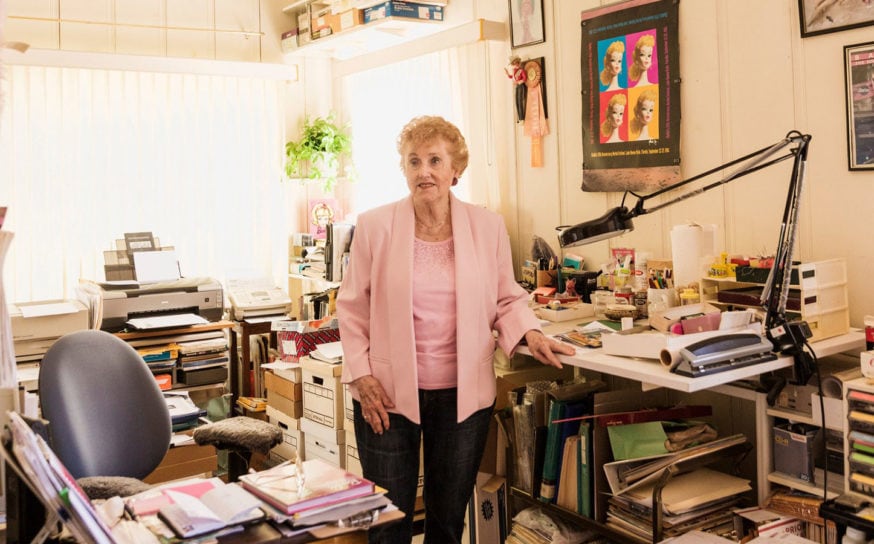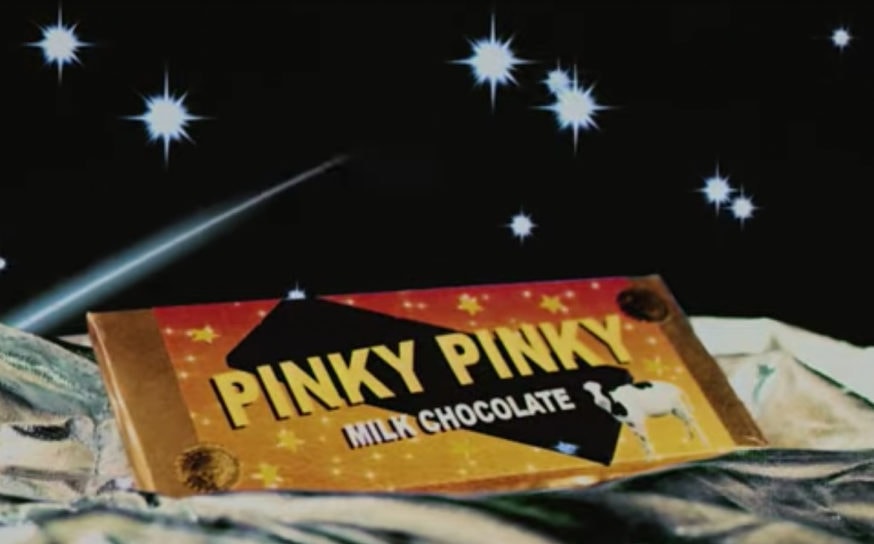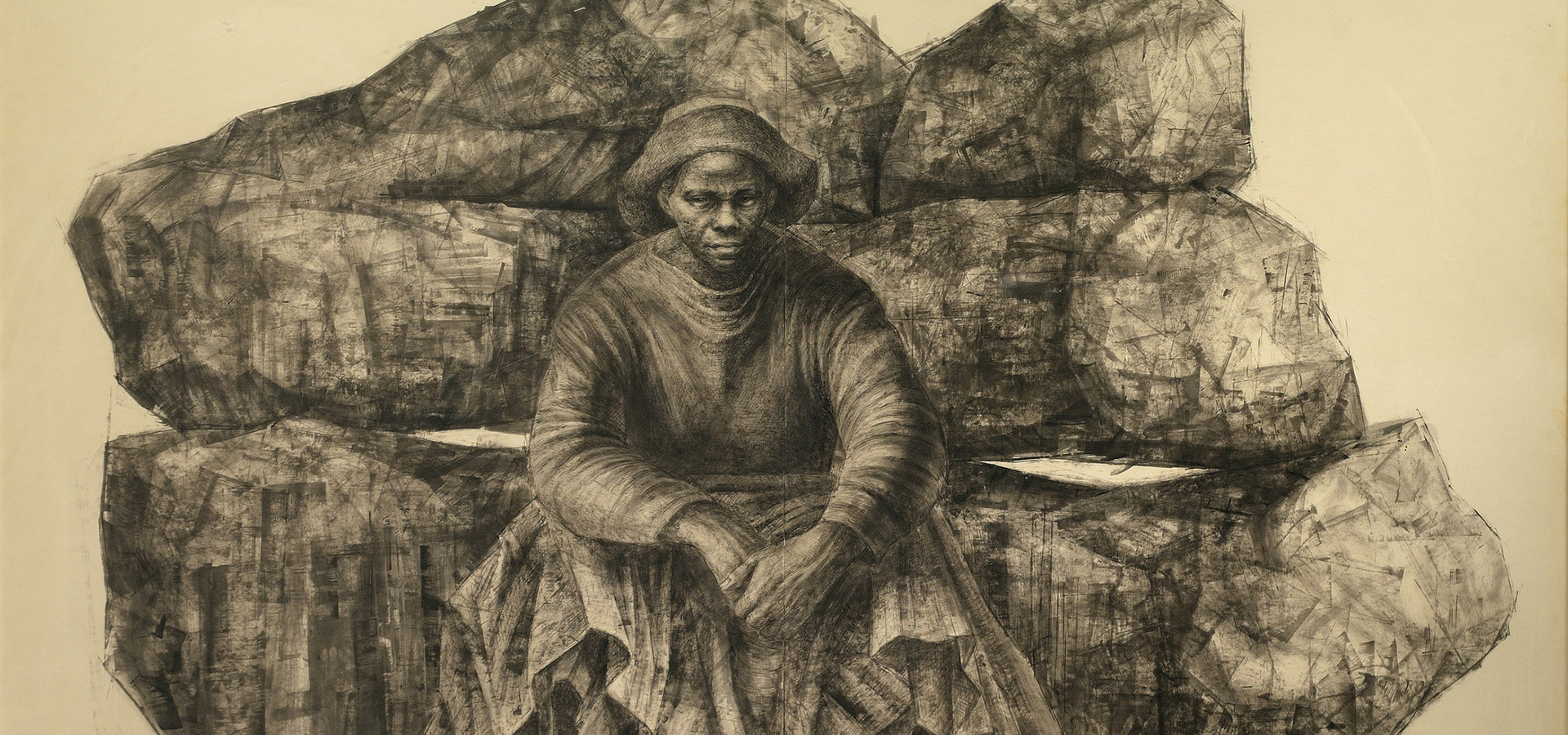
A Major Charles White Retrospective Visits the City That Cumulated His Prolific Art Career
The exhibit is on view at the Los Angeles County Museum of Art through June 9.
-
CategoryArts + Culture, Visual Art
Charles White created powerful interpretations from African-American history and culture throughout his 40-year career. A gifted draftsman and printmaker as well as a talented mural and easel painter, White almost exclusively portrayed black subjects. A lifelong social activist, he championed racial pride and condemned the institutionalized racism faced by African-Americans in all areas of life by using his art as a form of protest, affirmation and celebration. Co-organized by the Art Institute of Chicago (AIC) and the Museum of Modern Art New York (MoMA), the LACMA exhibition showcases approximately 100 paintings, drawings, prints, and photographs that reflect White’s life as he moved from Chicago to New York to Los Angeles. White’s time in Los Angeles was an important phase of his career; he created some of his most famous works in the city.
The Los Angeles presentation will add to the touring display approximately 13 works from LACMA’s permanent collection, further showcasing the range of media White worked in. Also unique to the LACMA presentation are audio recordings of White, who occasionally gave lectures at LACMA. During the LACMA presentation, two concurrent and complementary exhibitions will be on view in Los Angeles, including Life Model: Charles White and His Students (February 16–September 15, 2019) on view at LACMA’s satellite gallery at Charles White Elementary School, formerly Otis Art Institute, where the artist taught for many years; and Plumb Line: Charles White and the Contemporary (March 6–August 25, 2019) will be presented at the California African American Museum (CAAM), whose mission to showcase African-American history, art, and culture was shared by White throughout his career.

“Charles White is one of the most significant artists of mid-century America. Driven by an enduring hope that change is possible, White consistently strove to unite ideas and aesthetics, creating a powerful body of work whose message remains relevant today,” said Michael Govan, LACMA CEO and Wallis Annenberg Director. “Los Angeles was the third and last city in which the artist lived and worked. His extraordinary legacy of art, activism, and teaching are seen in his work and in the work of his students. We are privileged to share his life and legacy through this exhibition.”
Los Angeles (1956–1979)
White continued his activism following his move to Southern California for health reasons in 1956. There his network expanded to include media personalities such as actor Sidney Poitier and screenwriter Dalton Trumbo, and his art appeared in Hollywood projects. From the 1960s on, White worked primarily as a draftsman and printmaker, taking advantage of the region’s growth as a center of lithography. He often focused on single figures, and they became larger in scale and more monumental in effect. Relishing the directness of lithography, his handling became increasingly complex and abstract. No longer content to model in a purely naturalistic manner, White increased the vigor of his line while he continued to tackle thematic questions of history, equality, and figuration. This exploration of a new symbolic language often included the addition of color.
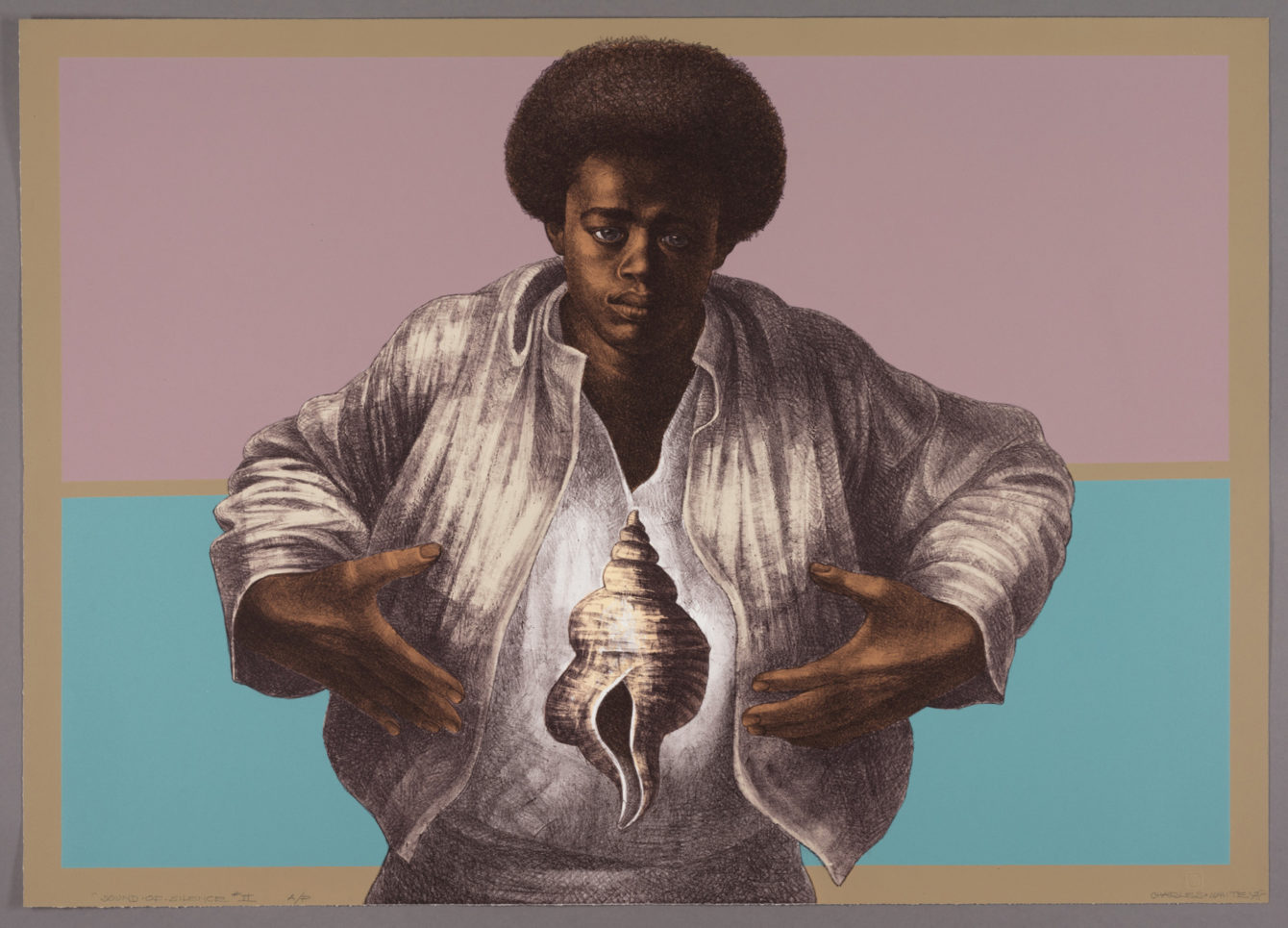
White’s work intersected with the growing Black Arts Movement, which emerged from the ideals and social concerns of Black Power Movement during the mid-1960s and early 1970s. Although he did not display the overtly revolutionary symbols often deployed by the movement, his images did become stronger due to his frustration over the lack of progress in civil rights. In 1965 he joined the faculty of the Otis Art Institute, where he trained a generation of artists, many of whom would follow his lead and develop their own socially committed practices. By the time of his death in 1979, White was not only active in the cultural politics of Los Angeles and a cult hero of California art circles, but he had also become a significant international figure. His messages still resonate today.
For more information on the LACMA exhibit on view through June 9 at the Resnick Pavilion, visit lacma.org.
Meet the Californian Who Dressed One of the Most Iconic Figures in History
Her work inspired designers like Bob Mackie, Nicole Miller, Jeremy Scott and Jason Wu.



